
♦Introduction
Did you know that there are 11 types of kimono?
Just as there are clothes that are appropriate depending on the TPO, there are also types of kimono that are appropriate for the occasion.
For those who enjoy everyday fashion with kimono coordination, or those who want to wear yukata to a fireworks display! If that’s the case, you don’t need to be too conscious about it, but on this page, we will explain the basic knowledge about the types of kimono and how to choose one for those who are thinking of purchasing one!
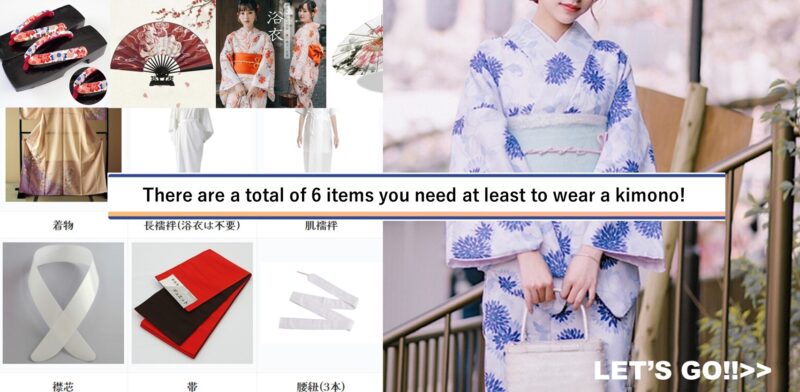
table of contents
- Wear 3 types of kimono depending on the season!
- Kimono TPO Types for each wearing occasion – About Kaku –
- For those who want to enjoy coordinating kimono as everyday wear!
- Kimono styling techniques for everyday wear
- Mixed style of kimono and clothes
Wear 3 types of kimono depending on the season!
Since Japan has four seasons, the temperature varies greatly throughout the year, so it is basic to wear three types of clothing depending on the season: Ukami'',Single robe”, and “Thin robe (Yukata)”.
However, there is no rule that says you absolutely have to wear this kimono at this time of year, so choose a kimono that matches the temperature.
◆Calendar quick reference table

Kimono TPO Types for each wearing occasion – About Kaku –
Although all kimonos may look the same at first glance, there are actually many different types, and each kimono is worn differently depending on the occasion.
We will briefly explain the TPO (time, place, and occasion) of kimonos and the types of kimonos for each occasion.
- Tomesode (crown):
- TPO: High-class occasions such as weddings, coming-of-age ceremonies, and New Year’s Day.
- When worn: Generally worn at formal ceremonies and formal events.
- Houmongi:
- TPO: Wedding guests, relatives, receptions, tea parties, etc.
- When worn: Can be worn in a wide range of formal occasions. Light colors and patterns are suitable for daytime, and dark colors and patterns are suitable for night.
- Iromuji:
- TPO: Tea parties, short outings, etc.
- When worn: Active in simple and less glamorous scenes. Also suitable for everyday wear.
- Komon:
- TPO: For casual occasions such as dinner, theater, and parties.
- When worn: Characterized by small patterns. Suitable for informal events and gatherings with friends.
- Furisode:
- TPO: Coming-of-age ceremonies, wedding receptions, etc. For young women around the age of 20.
- When worn: It is characterized by its bright and flashy color patterns. Enhances youthfulness.
- Uchikake:
- TPO: wedding. For mothers and relatives.
- 着用場面: It is commonly worn for weddings and other ceremonial occasions that require glamorous and formal attire.
- Tsukesage:
- TPO: Wedding guests, small invitations, etc.
- When worn: Although it is more casual than Tomesode, it is suitable for wearing in formal occasions.
- Hakama:
- TPO: Student events such as coming-of-age ceremonies, graduation ceremonies, and school festivals.
- When worn: This is one type of Japanese clothing that is worn gorgeously by young women. Colorful hakama are popular.
- Fudangi:
- TPO: For everyday outings and casual gatherings.
- When worn: This style of kimono is especially easy to enjoy. Plain colors, background patterns, and casual small patterns are suitable.
- men’s kimono:
- TPO: Weddings, ceremonies, tea parties, etc.
- When worn: Black or navy blue hakama or haori hakama are common for formal occasions. Colored items and small patterns are suitable for casual occasions.
[Yukata set] Yukata + gloves + socks + collar core crane pattern summer kimono[Dedicated page for shipping outside of Japan]
[Size] 2 types: S and M Recommended height (S 155-165cm…
For those who want to enjoy coordinating kimono as everyday wear!
In recent years, a new trend of incorporating kimono into everyday wear has been spreading. Traditionally, Japanese clothing was only worn on formal occasions and special events, but it is opening up new possibilities in the modern fashion scene. Enjoying traditional Japanese clothing casually will make your daily life even richer and full of color.
Until now, the image of the kimono has been one that was appropriate for formal ceremonies and celebrations, but now the boundaries between these are becoming blurred. The fusion of traditional beauty and casual everyday life is attracting attention as a new style.
For summer festivals and fireworks displays! Hydrangea pattern free size kimono yukata (bonus included)[Dedicated page for shipping outside of Japan]
■Size: Free size Length: around 130cm Sleeve width: aro…
From here, we will introduce kimonos that can be worn in casual situations, such as when shopping with friends or on a trip, for those who want to wear a kimono casually or want to coordinate an outfit that incorporates a kimono. I would like to.
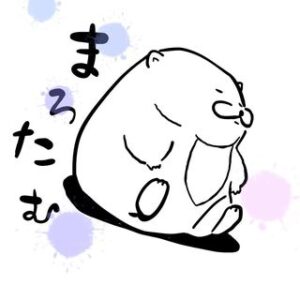
Introducing styling techniques to enjoy kimono as everyday wear!
Kimono styling techniques for everyday wear
- Kimono selection for everyday use:
- Selection of solid color or background pattern: When wearing a kimono for everyday wear, we recommend a simple and timeless design. Kimonos with plain colors or ground patterns (ground patterns) are easy to create a casual atmosphere and can be used in a variety of situations. The background pattern has a delicate pattern, so it is simple yet elegant.
- Use of accessories:
- Ingenuity of obi: If you want to emphasize a casual look, a colorful obi or patterned obi will be a stylish accent. Obijime and obiage are also important points. Create your own style with accessories that match your everyday kimono.
- Selection of materials according to the season:
- Cool material for spring and summer: Incorporate seasonal feelings into the materials of your kimono. In spring and summer, we recommend cool kimonos made of silk or linen. These materials are breathable and lightweight, perfect for the summer season.
- Warm materials and jackets for fall and winter: Warm wool and heavy silk are suitable for fall and winter. You can also create a seasonal feel with haori or hakama. In particular, woven fabrics can be an accent to your outfit, and can also help protect you from the cold.
Mixed style of kimono and clothes
- Match with bottoms:
- Choice of denim or skirt: Pair your kimono with denim or a skirt to combine traditional elements with a modern, laid-back look. Denim, in particular, creates a casual atmosphere and can be used flexibly with the formality of a kimono. Pairing it with a skirt brings out your femininity.
- Coordination with tops:
- Compatibility with simple tops: Simple tops are the best way to bring out the elegance of your kimono. Create a sophisticated look by pairing it with a white or black shirt or cut-and-sew.
- Combination with outerwear:
- Casual with a denim jacket or leather jacket: If you want to emphasize a casual atmosphere, we recommend wearing a denim jacket or leather jacket. This makes kimono more familiar as a part of everyday life. Depending on the material and design of your outerwear, you can enjoy the seasonal feel and changes in style.
Stylish everyday ideas:
- city walking style:
- Walk around town in style with a kimono coat or haori: You can enjoy walking around town in style using a kimono coat or haori. By choosing materials with patterns or simple designs, you can create an urban and modern atmosphere.
- cafe date:
- Have a gorgeous date with a kimono dress or hakama skirt: For special occasions such as a coffee date, choose a kimono dress or hakama skirt and enjoy a gorgeous and feminine style. Accentuate your date with accessories and hair accessories to make your date even more special.
By incorporating these styling techniques and ideas, you can expand the variety of ways you can wear a kimono as everyday wear and add new fun to your daily life.

The price of kimono is amazing! You can buy a used one for around 1,000 yen!
Why not try out a Japanese-Western eclectic outfit?
-
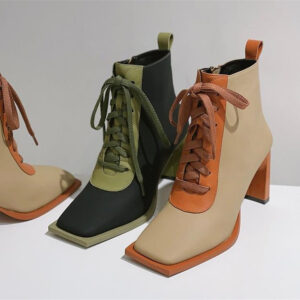 マーチャンダイズ レースアップ スクエアトゥ 太いヒール ショートブーツ 2色¥6,120
マーチャンダイズ レースアップ スクエアトゥ 太いヒール ショートブーツ 2色¥6,120 -
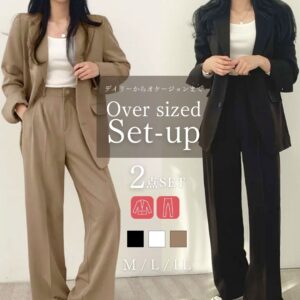 スーツ カジュアル レディース 上下セット オフィススーツ 全3色¥5,999
スーツ カジュアル レディース 上下セット オフィススーツ 全3色¥5,999 -
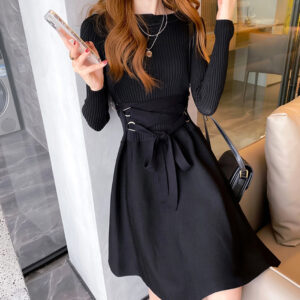 フレアミニワンピース リブニット クルーネック Aライン 黒¥4,990
フレアミニワンピース リブニット クルーネック Aライン 黒¥4,990 -
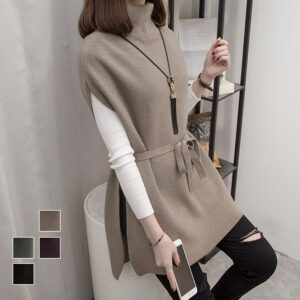 ニットプルオーバー ベスト チュニック ノースリーブ 韓国風 4色¥3,999
ニットプルオーバー ベスト チュニック ノースリーブ 韓国風 4色¥3,999 -
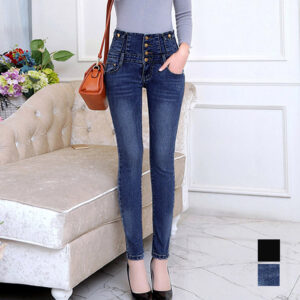 細見えデニムパンツ ハイウエスト デニムスキニー ロングスリムパンツ 2色¥6,207
細見えデニムパンツ ハイウエスト デニムスキニー ロングスリムパンツ 2色¥6,207 -
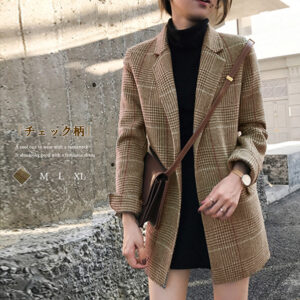 グレンチェックジャケット トップス オフィスカジュアル コート¥6,208
グレンチェックジャケット トップス オフィスカジュアル コート¥6,208 -
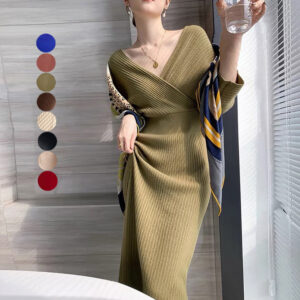 大人可愛いカシュクールニット リブワンピース インナーワンピにも! 8色¥4,872
大人可愛いカシュクールニット リブワンピース インナーワンピにも! 8色¥4,872 -
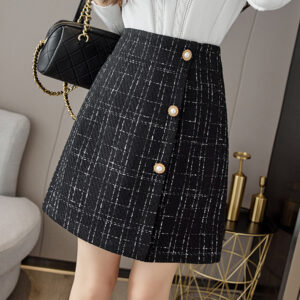 ツイード風 Aラインスカート ショート丈 韓国ミニスカート美脚¥4,255
ツイード風 Aラインスカート ショート丈 韓国ミニスカート美脚¥4,255 -
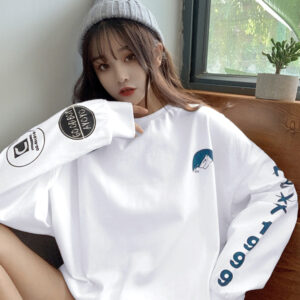 ロゴトレーナー 韓国風Tシャツ 体系カバービッグシルエット ワンサイズ 3色¥2,920
ロゴトレーナー 韓国風Tシャツ 体系カバービッグシルエット ワンサイズ 3色¥2,920

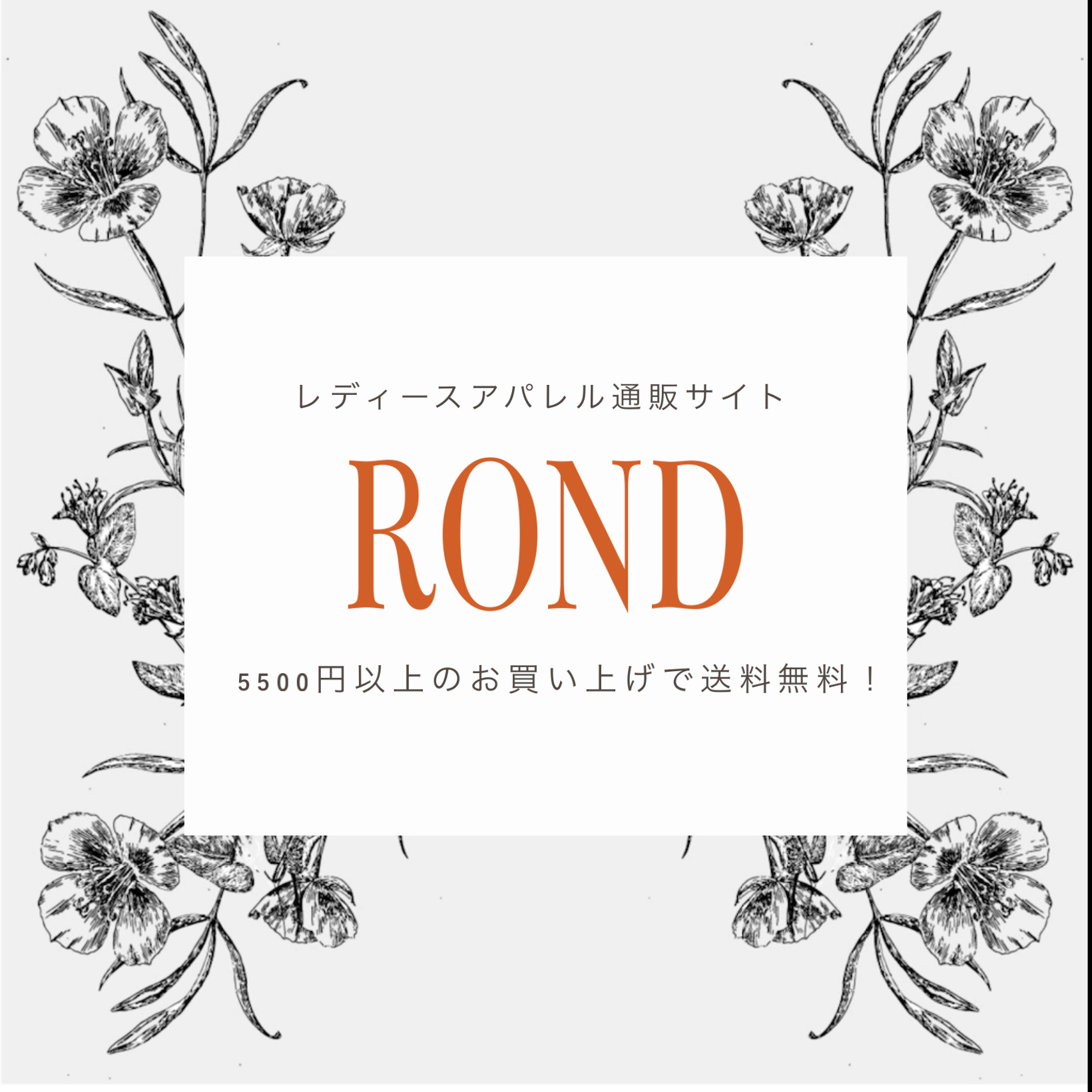
![46522295eb205179449d352fd5186a28 [Yukata set] Yukata + gloves + socks + collar core crane pattern summer kimono[Dedicated page for shipping outside of Japan]](https://rond100.com/wp-content/uploads/2024/01/46522295eb205179449d352fd5186a28-600x601.jpg)
![2ba52f08d1109cdf7d1883ea43b940de For summer festivals and fireworks displays! Hydrangea pattern free size kimono yukata (bonus included)[Dedicated page for shipping outside of Japan]](https://rond100.com/wp-content/uploads/2024/01/2ba52f08d1109cdf7d1883ea43b940de-600x600.jpg)